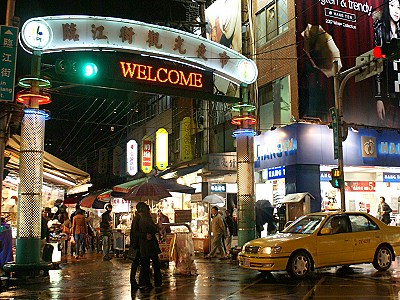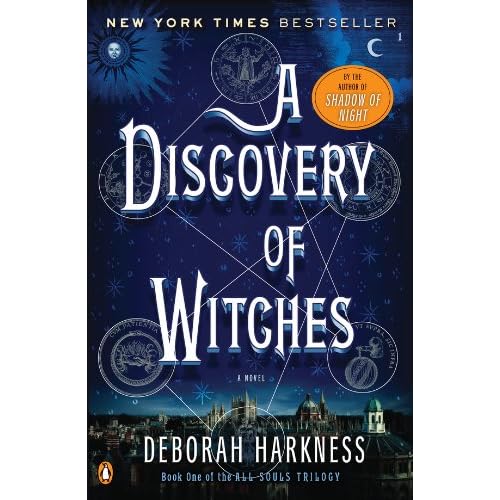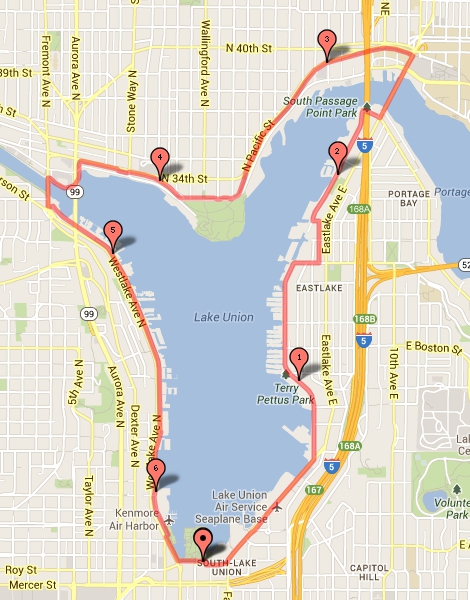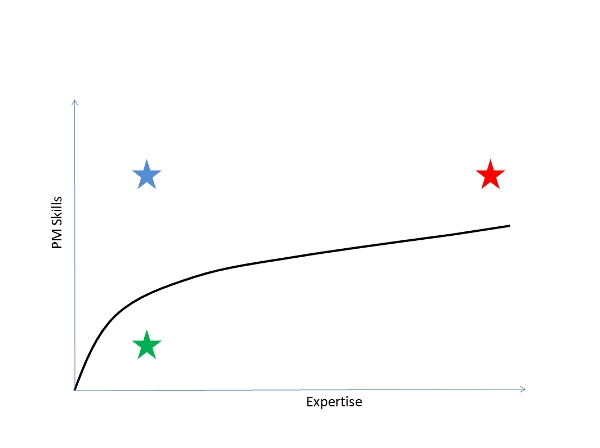July 23rd, 2013
“Excuse me,” a burly man rammed through the queue to the head, murmuring. “Global Services.” As for royalties, people yielded him the position ahead, even that everyone had been standing full 20 minutes before his arrival. In this universe of United Airlines, the words “Global Services” command the utmost respect. Never mind the miles you have flown and hours of life you spent in those airports. If you don’t contribute enough revenue to the airline, the best you can get is the “1K” status. UA would not divulge exactly how much revenue would earn you the status, only with a vague verbiage of “it is awarded to our best customers.”
As the port-belly guy settled at the head of the queue, still finishing his sandwich, his fellow queue-mate inquired, “So, how many miles you have to fly to get GS?” “Oh, I don’t know,” he answered nonchalantly. “I have about 2.5 millions miles so far.” I was flabbergasted. A jet plane flies at about 500 miles an hour. This guy lives on airplanes.

I became a business traveler in about 2004, flying mostly cross-pacific routes: San Francisco, Beijing, Tokyo. Business travels require a very different mind-set than personal vacations. So that you can “hit the ground and running,” you optimize everything to preserve time and energy: hand-carry luggage whenever possible, strategize to get through the TSA line quicker, avoid the queue at the car-rental counter, take exit row to rest better, manage battery lives and store files locally to work on the airplane, induce sleep to adjust for jet-lags, exercise to maintain sanity, read eBooks, instead of paper books, to reduce weight, etc. Very few business travelers enjoy traveling on business. Most will gladly give up his GS status to sleep in his own bed.
Today, I joined the “million miler” club. I got a boost when the United/Continental merger converted all my “award miles” to “flown miles.” Next time you see me, I will sadly accept your condolence.







